Google Pixel 5 vs Google Pixel 4a 5G vs Google Pixel 4a: which is for you?
How the 2020 Pixel phones stack up
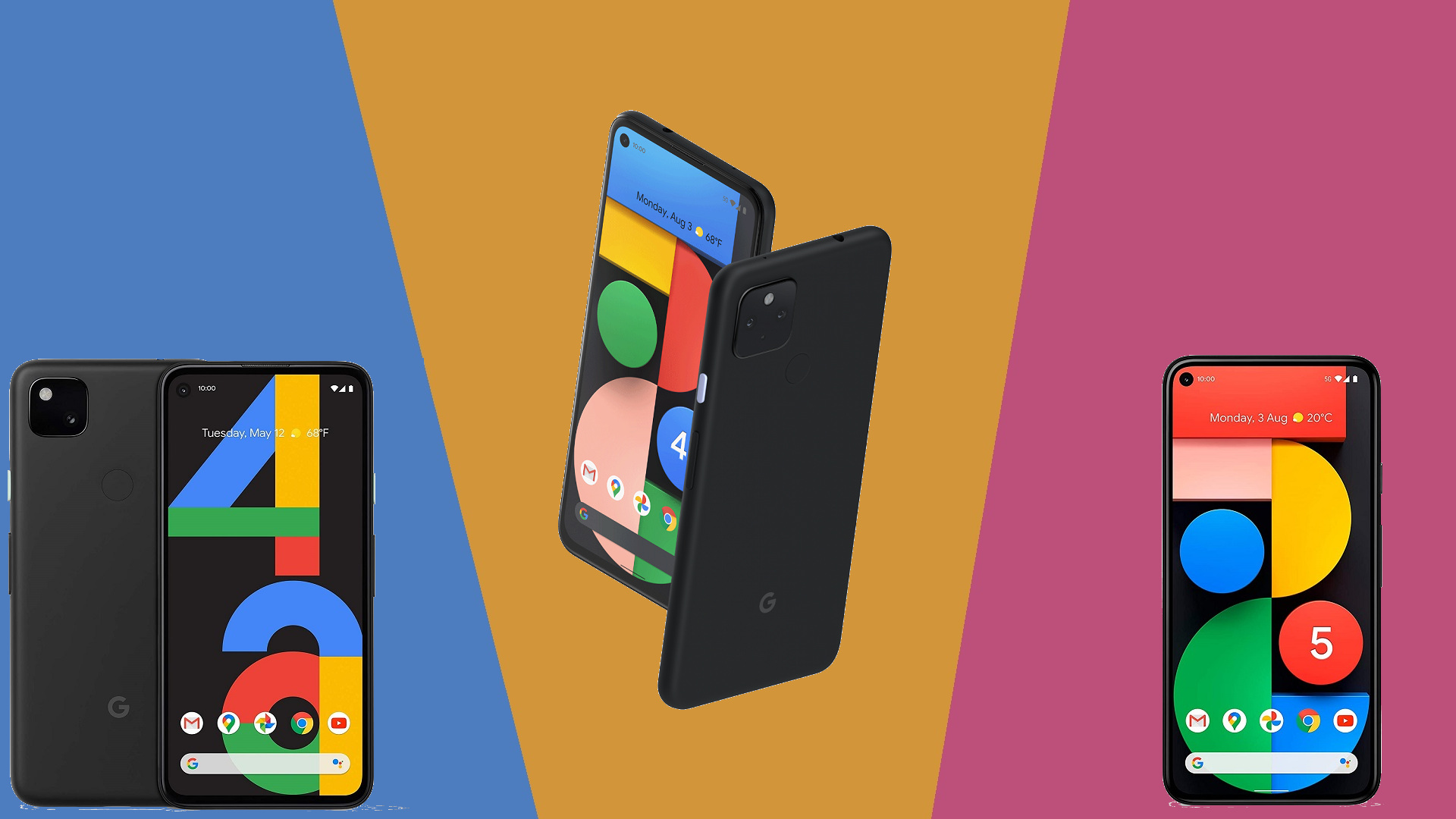
Google has finally shown off its entire 2020 phones lineup, and they’re all high-value handsets with great camera software at competitive prices. So competitive, in fact, that the three phones – the budget Google Pixel 4a, mid-range Google Pixel 4a 5G, and flagship Google Pixel 5 – also compete against each other. Here’s a guide to help you understand how they differ, what each is best at, and which is right for you.
Thankfully, the phones are distinct enough that a Google Pixel 5 vs Google Pixel 4a 5G vs Google Pixel 4a comparison is worth diving into.
The Pixel 4a came out in August 2020, months after it was expected to come out at Google IO 2020 in May – that event was cancelled due to Covid-19, and the outbreak seemingly delayed the phone’s production and/or distribution to consumers. Even coming late, we loved the phone for its utility and affordability – as it was even cheaper than its predecessor, the low-cost Pixel 3a.
The Pixel 4a 5G was released in October, and it’s more than just a 5G version of the Pixel 4a: it has a faster Snapdragon 765G chipset, a larger battery, and an additional rear camera. But it costs a bit extra in the bargain.
The Pixel 5 was released alongside the Pixel 4a 5G as the ‘flagship’ phone, with premium perks like a metal case instead of polycarbonate plastic, extra RAM, and wireless charging. But it shares the Pixel 4a 5G’s chipset, camera suite, and 5G support, so the differences between the phones are less distinct.
That’s a broad overview of how Google’s 2020 phone lineup looks. Below, we’ll break down all three phones by category.
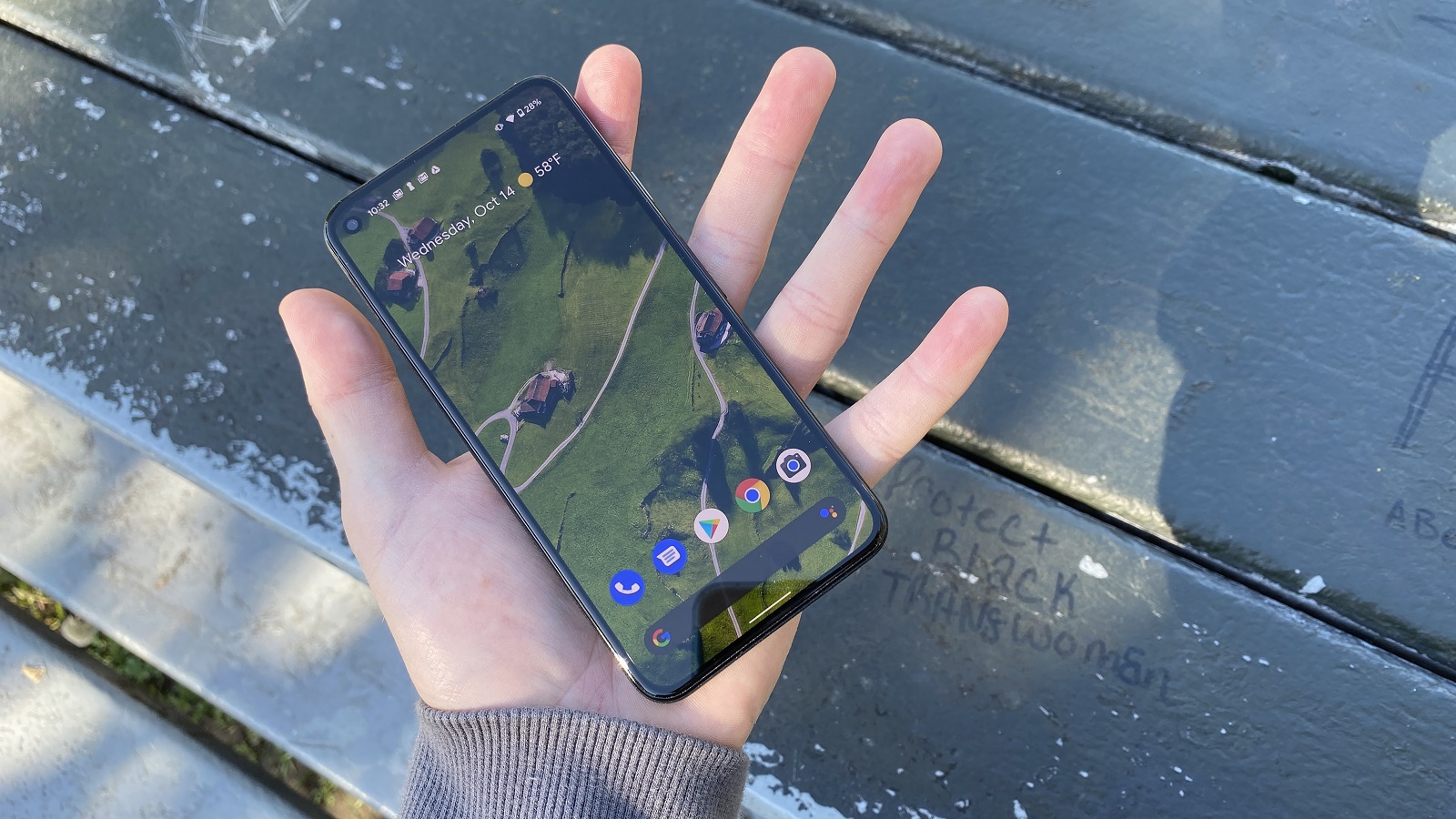
Price and release date
The Google Pixel 4a came out first on August 20 in the US, and costs $349 / £349 / AU$599. The phone only comes in one configuration (6GB of RAM, 128GB of storage) and one color: Just Black. Sadly, there is no Pixel 4a XL.
Get daily insight, inspiration and deals in your inbox
Sign up for breaking news, reviews, opinion, top tech deals, and more.
The Google Pixel 4a 5G first launched on October 15 in the US, and for its increases over the standard Pixel 4a, costs $499 / £499 / AU$799. The 4a 5G likewise comes in a single configuration (6GB of RAM and 128GB of storage), no XL version, and one color: Just Black.
The Google Pixel 5G also came out on October 15 in the US, with a price that is lower than its flagship predecessor at $699 / £599 / AU$999. The phone only has one configuration (8GB of RAM, 128GB of storage), no XL version, and two colors: Just Black and the greenish Sorta Sage.
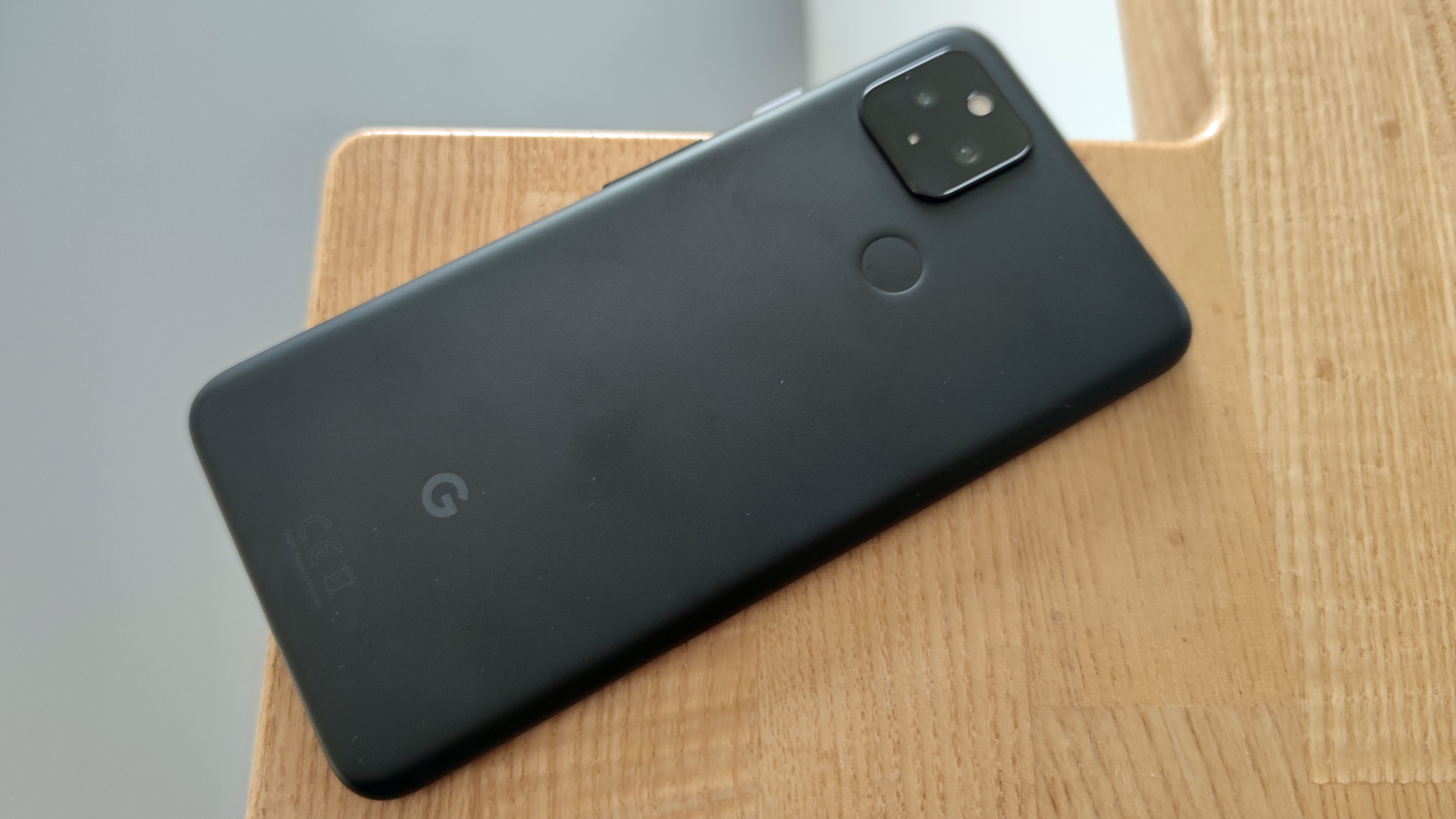
Design and display
All three of Google’s 2020 phones are fairly similar in design and display: a black (or potentially green in the case of the Pixel 5) rectangle with a punch-hole in the top left of the display, lock button and volume button rocker on the right side, and USB-C port on the bottom with a speaker on the bottom-right. All three phones have a secondary speaker in the earpiece, and the same square glass camera block that debuted in the Pixel 4.
The Pixel 4a and 4a 5G have virtually the same design as each other, though the latter is notably larger (a 5.81-inch screen for the former, a 6.2-inch screen for the latter). The other notable difference is in the rear camera block: the Pixel 4a has a single rear camera, while the Pixel 4a 5G has two (main and ultra-wide). Both have a polycarbonate back that wraps around the sides with a matte finish that feels a little less plastic.
The aforementioned displays are both OLED and Full HD+ resolution...in fact, they have the same resolution (2340 x 1080), so the Pixel 4a 5G’s 6.2-inch display is actually slightly less sharp due to its larger size, coming in at 413 pixels per inch to the 4a’s 443. Ignore the pixel numbers, though – you won't notice the difference.
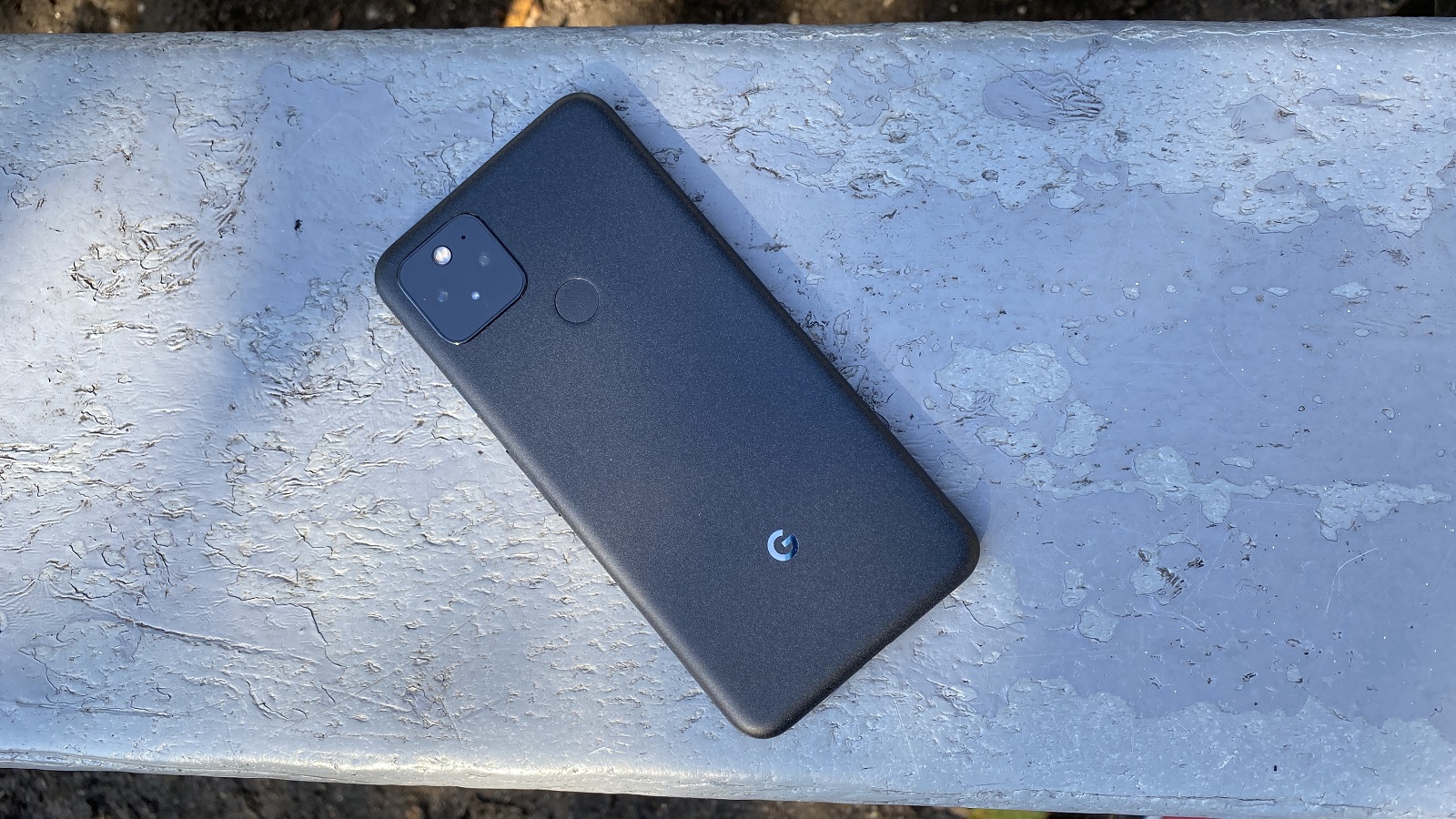
The Pixel 5 looks very similar to the other two, though its metal body (wrapping from the back around the sides, all in one piece) has a more solid feel than the 4a and 4a 5G’s plastic bodies. It may be more durable and resist some of the wear and tear that could compromise plastic or glass backs on other phones, though we haven’t done enough drop tests to compare.
What is clear: it’s the first significant metal-backed phone to come out in awhile. The industry switched to glass backs, which are easier for signal and data to pass through. Not only does the Pixel 5 not struggle with signal, it’s found a way to incorporate wireless charging, too (through a hole in the metal that’s been painted over).
The Pixel 5 does have an IP68 dust- and water-resistance rating, which the Pixel 4a and 4a 5G don’t have. In exchange, the latter two have 3.5mm headphone jacks, while the Pixel 5 must make do with USB-C connecting or wireless headphones.
The Pixel 5’s 6.0-inch display, unsurprisingly, has the same Full HD+ resolution (2340 x 1080) as the other phones, though it has something unique among them: a 90Hz refresh rate, which makes scrolling online and gaming more smooth than standard 60hz screens.
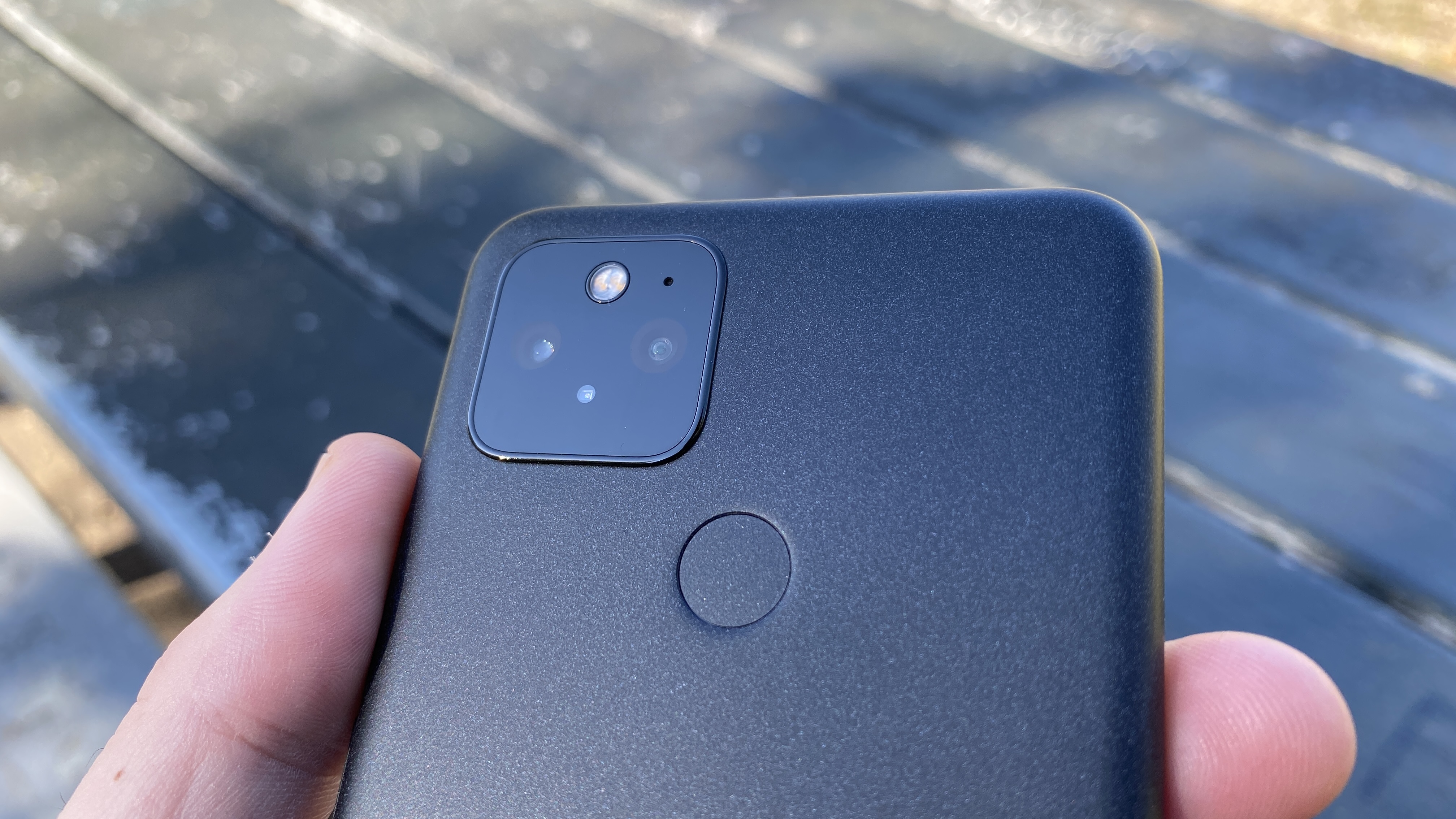
Lastly, all three phones have fingerprint scanners on their back covers. For the more affordable models, this is expected, but the Pixel 5 avoiding an in-screen fingerprint scanner seems like a notable cost-cutting measure (the Pixel 4 went all-in on face unlock, but without the Soli and other front-facing sensors, it makes sense for the Pixel 5 to use fingerprint scanning).
It’s not unwelcome, though: physical fingerprint scanners are often more accurate and generally easier to use (in all three models, they’re located in an indented circle that’s easy to find without looking).
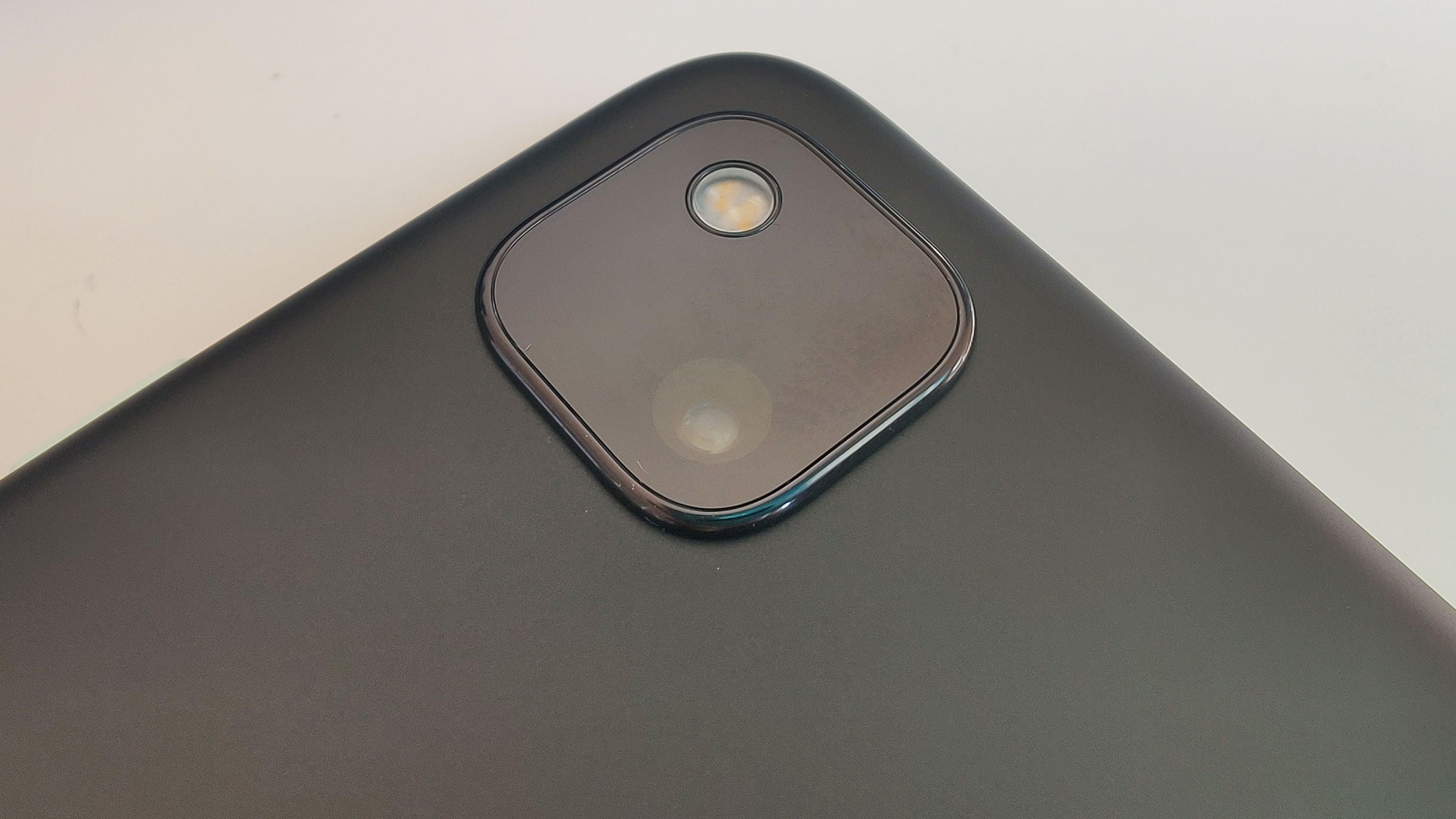
Cameras
The Pixel 4a has the most spartan camera array of the three: a single 12.2MP f/1.7 rear camera that shoots 4K video at 30fps, and an 8MP front-facing selfie shooter. Though that’s a limited camera range, Google’s photographic strength lies in its software, and the cheap Pixel 4a can still shoot great photos.
The Pixel 5 and Pixel 4a 5G pack the same dual rear cameras as each other, adding a 16MP f/2.2 ultra-wide camera to the 12.2MP camera in the Pixel 4a, and they have the same 8MP selfie camera. The photo capabilities are a little improved – they can shoot 4K video at 60fps, for instance – but aside from the added range of the ultra-wide lens, they’re not much different than the Pixel 4a’s camera suite.
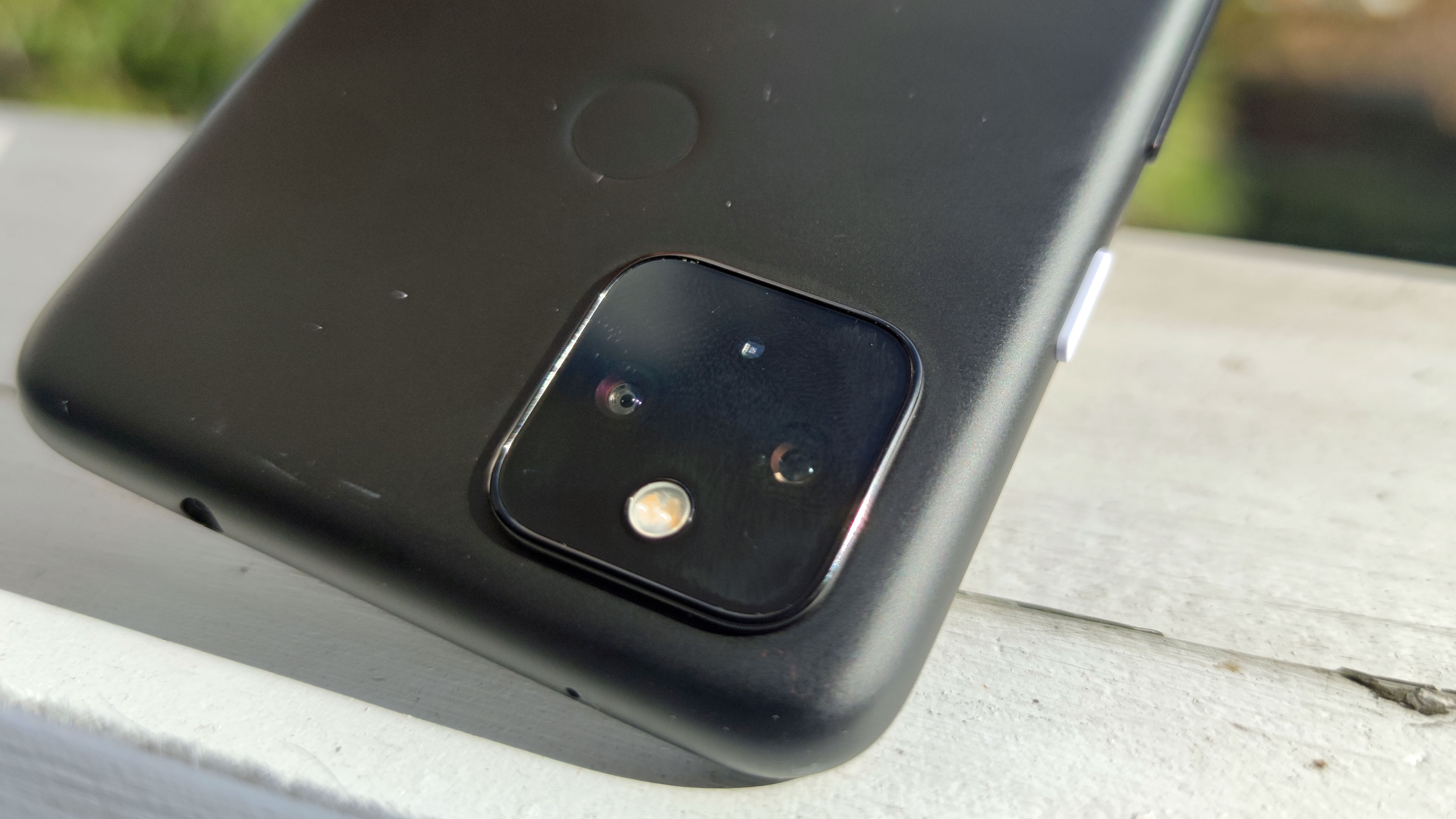
It’s the software that makes the difference on the pricier phones – not just in taking photos, but in the camera mode’s interface, which gets a usability boost with a more intuitive layout and bonus features like Portrait Lighting. Given how software-intensive these perks are, we expect they’ll make it to the Pixel 4a in time, but for now, they’re advantages of the Pixel 4a 5G and Pixel 5.
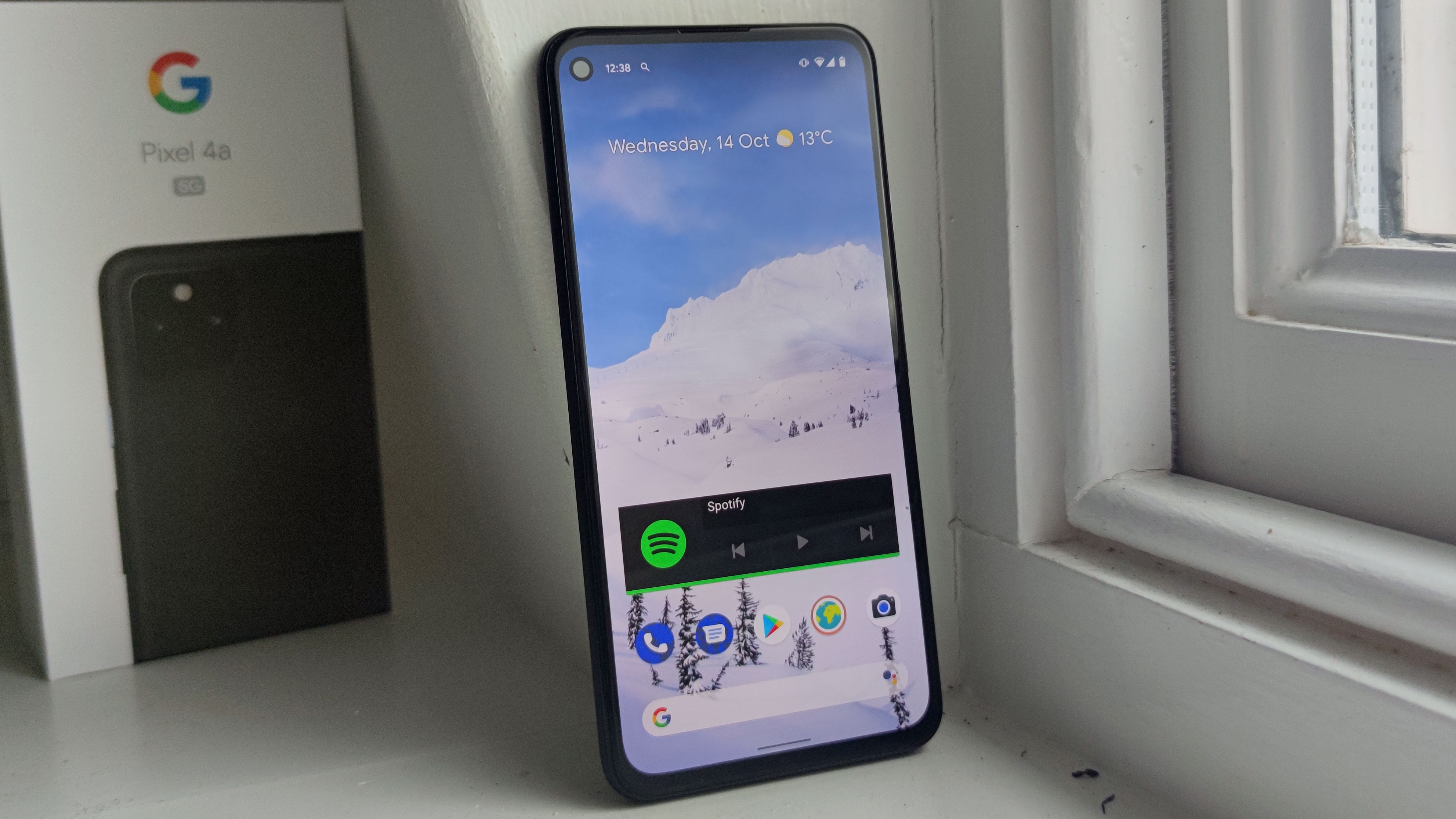
Performance and battery
The Pixel 4a is powered by the Snapdragon 730G chipset and 6GB of RAM, a combination that’s fast and impressive for a budget phone.
The Pixel 4a 5G and the Pixel 5 both pack the Snapdragon 765G chipset – a necessary upgrade to support 5G, and faster than the chipset in the Pixel 4a. Interestingly enough, it’s the RAM that makes a real difference: the 8GB in the Pixel 5 seems to be enough to enable seamless browsing and gaming, while the 6GB in the Pixel 4a 5G led to some stuttering in our experience.
All three phones have 128GB of storage, and no possibility to expand it: none have a slot for a microSD card. Users must rely on cloud storage instead.
The Pixel 4a 5G and Pixel 5 come with Android 11 out of the box, and - while the Pixel 4a shipped with Android 10 – it can now upgrade to Android 11, since the latest Google phones are always first in line to get updates the day they go live.
The Pixel 4 was a huge disappointment in battery life with a 2,800mAh battery, so the Pixel 5’s 4,080mAh capacity is a relief (it lasted over a day in our testing). But the Pixel 5 also has wireless charging, and can even charge other devices.
The Pixel 4a’s 3,140mAh battery is fine but not impressive, and it’s been upgraded to a 3,885mAh capacity for the Pixel 4a 5G. Neither have wireless charging, however.
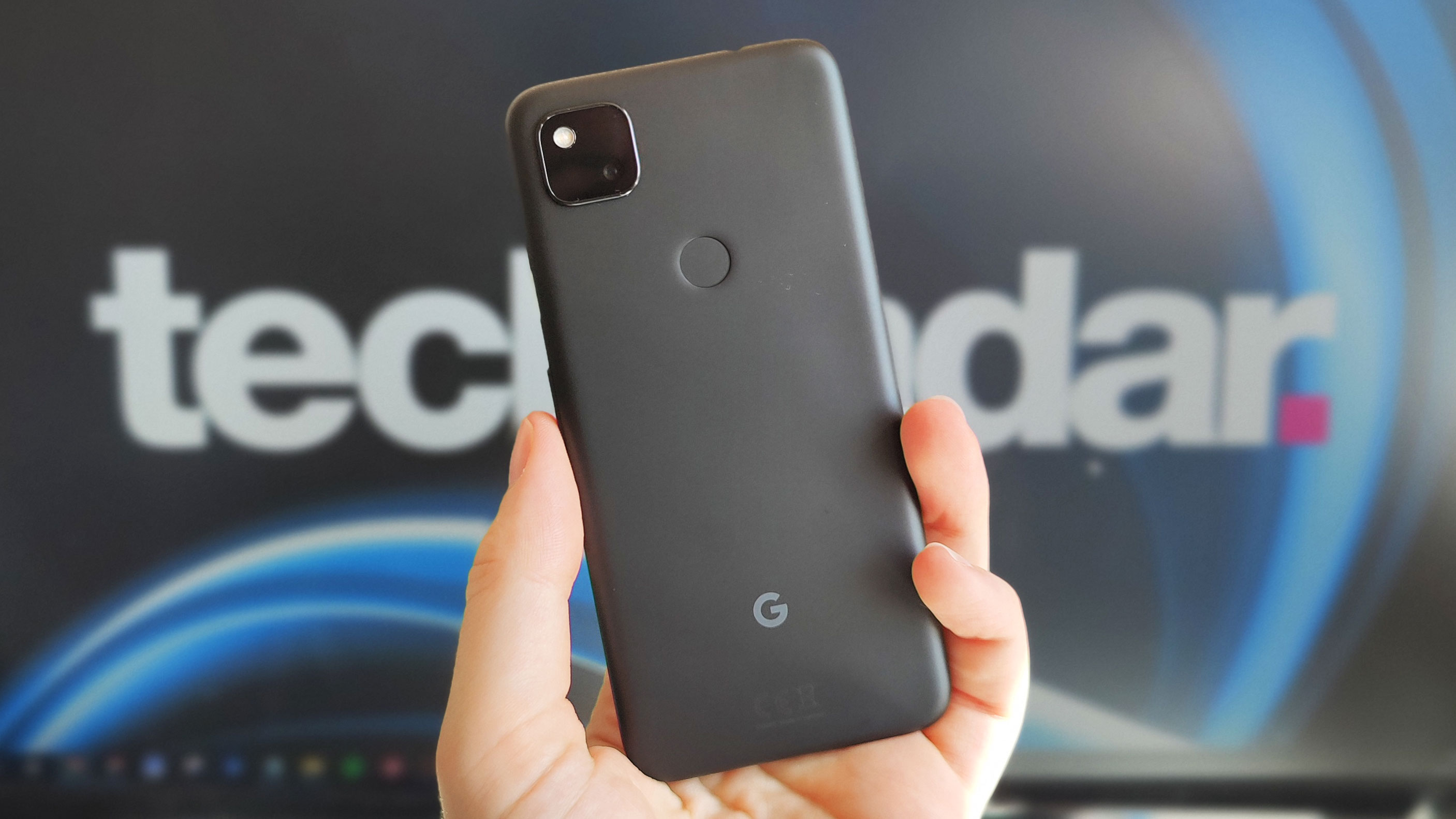
Takeaway
This is a difficult judgment to make, as all three Google Pixel phones inhabit well-defined price tiers. But their appeal and demographics overlap in interesting ways.
For instance, the Pixel 4a 5G is arguably the best value, since it has most of the specs and chipset of the Pixel 5 at a notably lower cost. But it misses out on a couple of perks found in the pricier phone, like wireless charging and extra power.
By that logic, the Pixel 4a has most of the perks of the Pixel 4a 5G but itself at a lower cost. True, it doesn’t have as advanced specs and loses the ultra-wide rear camera, but it has the same polycarbonate case and software.
The Pixel 4a and Pixel 5 are both smaller phones that fit easily in smaller hands, or appeal to those who don’t want big phones. Conversely, the 6.2-inch screen Pixel 4a 5G is the one for consumers who want the most screen possible.
Ergo, the phones don’t neatly fall into economic categories. They each have perks that appeal to idiosyncratic consumer preferences like size, cameras, or feature set. But at the end of the day, all three offer good value with solid camera capabilities and great software.
David is now a mobile reporter at Cnet. Formerly Mobile Editor, US for TechRadar, he covered phones, tablets, and wearables. He still thinks the iPhone 4 is the best-looking smartphone ever made. He's most interested in technology, gaming and culture – and where they overlap and change our lives. His current beat explores how our on-the-go existence is affected by new gadgets, carrier coverage expansions, and corporate strategy shifts.
